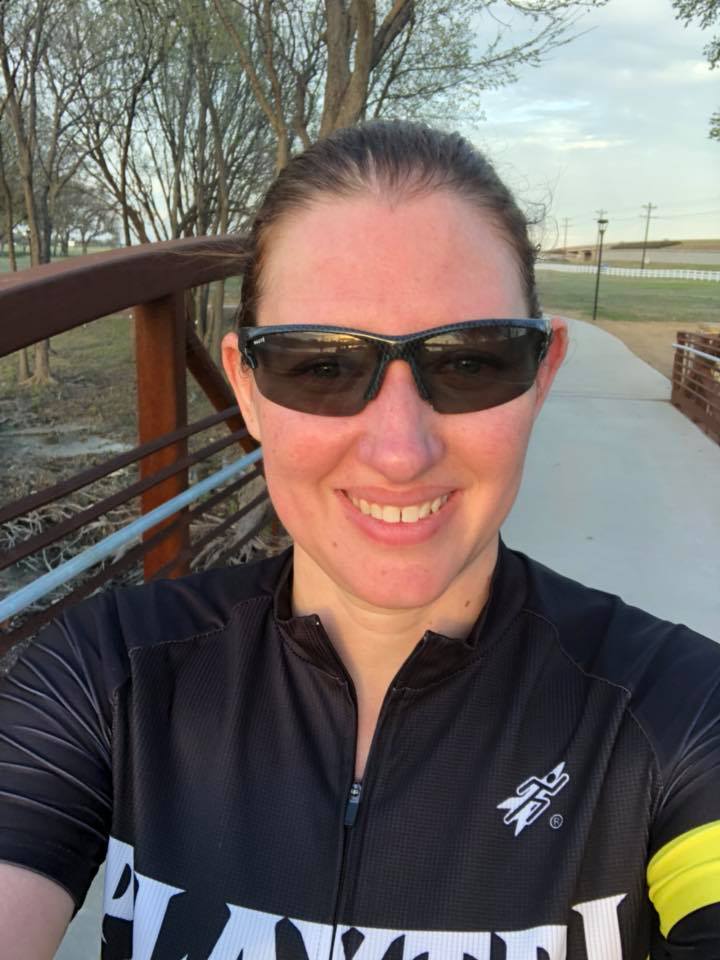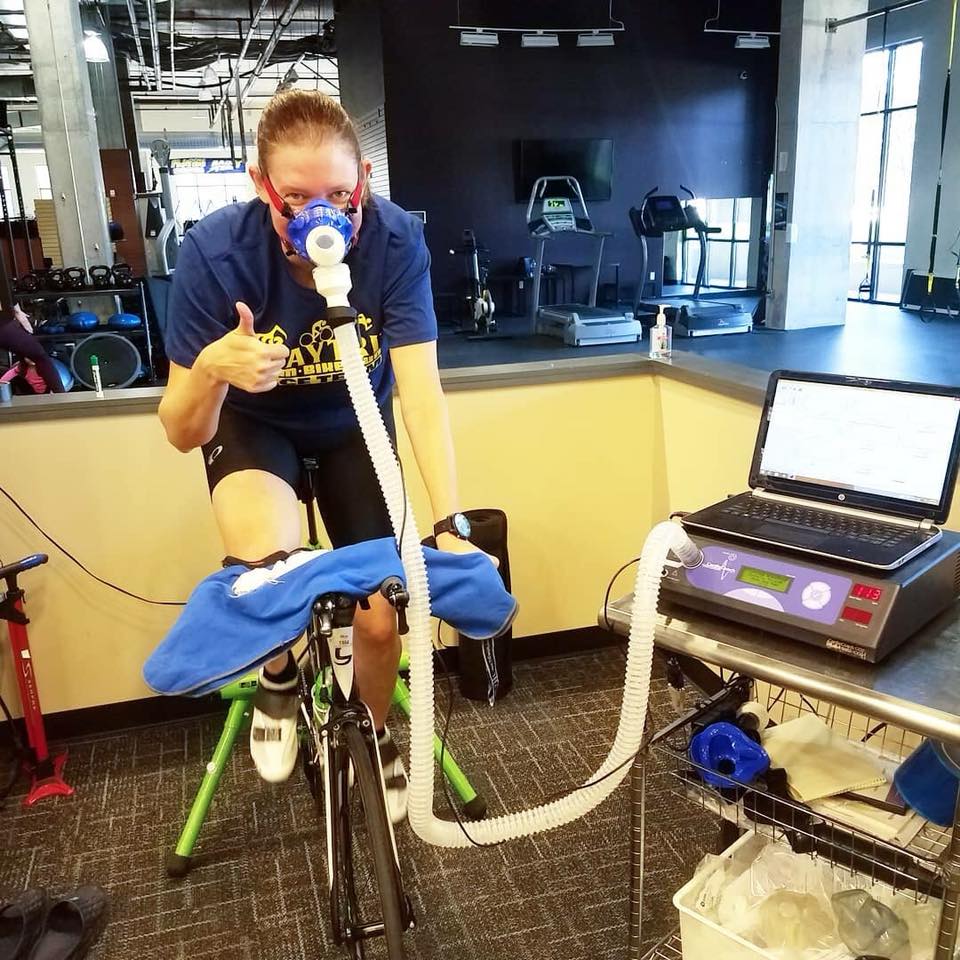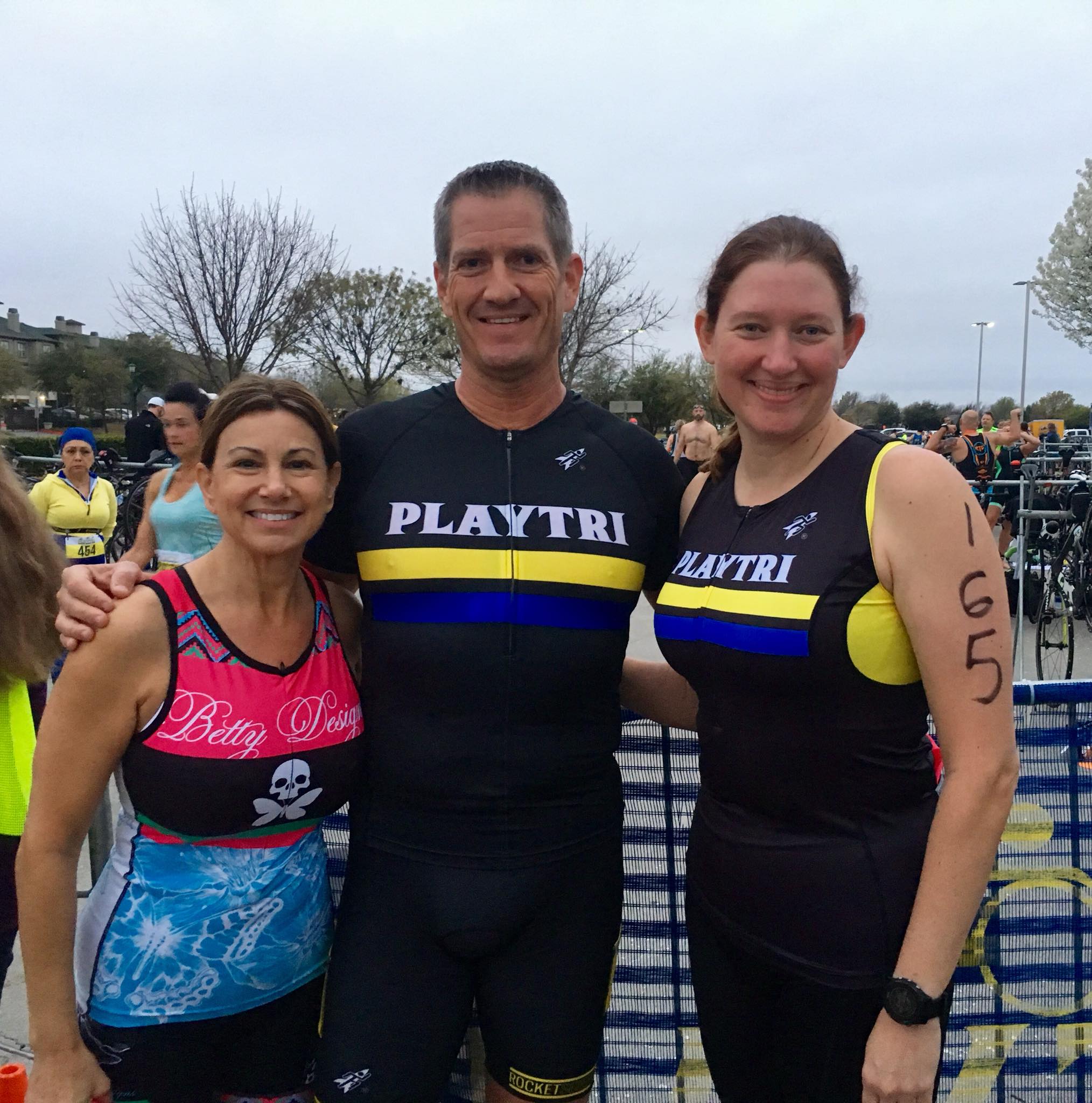Despite being the shortest of the three events in an IRONMAN race, the swim consistently seems to generate the most anxiety (and oftentimes frustration) for the vast majority of athletes.
The most common concerns we see are:
1. I’m afraid that swimming in open water is unsafe
2. I’m worried I won’t finish in the cutoff
3. I can’t seem to get faster in open water
Today we’re going to break these down and talk about some practical changes you can make to have a stronger swim in your next IRONMAN race.
Fear of swimming in open water
Many athletes experience anxiety about swimming in open water. Sometimes it dissipates after the first couple of swims, and sometimes it persists for years. It’s important to acknowledge that open water, whether it’s a pond or an ocean, isn’t our normal environment as humans, so it’s normal for our brains to produce an adverse reaction intended to promote caution in response to perceived danger. Sometimes this reaction manifests as fear of encountering fish/alligators/sharks/etc., fear of running out of energy before the end of the swim, and at other times as a vaguer fear of the unknown. Either way, it’s important to acknowledge any fear or anxiety (versus try to ignore it – this virtually never works) so that you can take practical steps to combat it.
If you experience fear of swimming in open water, try following these steps:
1. Pick races with calm waters and rolling swim starts. The old adage “train your weaknesses, race your strengths” is good guidance – find swims where you’ll deal with less surprises/people/obstacles/etc. until you begin to overcome your fears.
2. Swim in open water as frequently as you reasonably can. Ignoring it until race day really isn’t the best plan – we promise. Deal with your fears in a low stress situation prior to dealing with them in a high stress situation (like on race day).
3. When you first get in the water, do five “bobs” – slowly dunk under water and release your breath, then come up and take a quick breath to refill before going under and repeating. The rhythm of breathing can help calm your nervous system while you acclimate to the water. After your bobs do a very relaxed freestyle, breathing every 2-3 strokes, to continue acclimating to the conditions. Don’t rush these steps – spiking your adrenaline first thing upon entering the water will only exacerbate any anxiety.
4. If you can’t warm up in the water prior to a race or workout, do a dryland warm up, then spend 45-60 seconds seated with eyes closed just focusing on slow, controlled breathing. Visualize yourself dealing with any obstacles you may encounter during the swim calmly and effectively. Then, if you need to, take the first 5 minutes of the swim a little easier in place of the warm up, until you find your rhythm.
5. Finally, remember that race courses typically have a great deal of boat support on the course – if you need help, it is generally in close proximity. Remember that you can always give a wave for assistance, and you are even allowed to rest hanging onto a boat or kayak, and still complete the race as long as the boat isn’t assisting you in making forward progress.
Fear of missing the cutoff time
It’s common for newer/slower swimmers racing IRONMAN or IRONMAN 70.3 distances to have concerns about making the swim cutoff times. These events generally have a cutoff time of 1 hour 10 minutes (70.3) or 2 hours 20 minutes (full) that is equivalent to swimming about 3:19/100y, depending on how well the course is measured (usually quite well).
First, some “real talk” for athletes with this concern. If you are currently swimming 3:00/100y or slower in the pool, you have real cause for concern, and this needs to be a priority for you if you want to be confident in your ability to finish on race day. Don’t panic, but DO find an experienced triathlon swim coach (use virtual options if that is all that is available to you!) and start working on it today. You might be surprised how quickly you can improve with some focused form work. Plan to swim at least twice a week, and focus 100% on form/technique – it’s ok to do your 2000y for the day as all 25’s if all of those 25’s are with great form. That’s how good muscle memory is formed – similar to runners who start out with short run/walk intervals. As you are able to maintain form, keep lengthening those intervals until you get to 500y, then you can do 500’s with rest in between as a your “endurance set” moving forward. Just don’t forget to always check back in on form by working with a coach, swimming with a swim snorkel, looking at video of yourself, doing drills, etc. FORM IS FAST!
If this concern stems from your pool speed not translating to the open water, then it is likely that you need to improve your sighting and body position. Practice forward sighting in your pool sets until it becomes more natural (make sure you keep your hips and legs high while sighting, and realign your head after each sight), then swim open water every chance you get and practice applying the skill! If you have other athletes to swim with, practice swimming next to another athlete and breathing towards him or her every stroke cycle – in this way you can allow another athlete to sight while you just focus on swimming well.
Struggling to improve speed in open water
There are two categories of athletes here – the first consists of athletes who can’t seem to improve their speed period, and the second are athletes who are improving in the pool, but can’t seem to translate that speed to open water.
For athletes in the first group (struggling to improve speed period) here are the things our coaches look for when we work with athletes wanting to get faster in the swim:
1. First – is improving swim speed really the best use of our time for an IRONMAN race? This is always the first question we have to ask, because the time investment for improving the swim has a much lower ROI than for bike and run when we look at the bigger picture of the race. Make sure you won’t get better use of your time focusing on the bike or run.
2. Body position – We want the head/shoulders/hips/heels to be consistently touching/breaking the surface throughout the swim, because this means that the body is presenting a smaller surface area that has to “break through” the water. When the legs start to sink, the frontal surface area of the swimmer increases dramatically, greatly increasing the propulsion needed from the arms to move forward. Legs and hips can be lifted both by increasing the kick, and by activating the core. Practice while using a swim snorkel first, then add in the breath as that is the portion of the stroke where body position most frequently suffers.
3. Stroke – Athletes should always be pushing back against the water, not down. I encourage our athletes to envision a series of walls that they are swimming over, reaching out and planting their hand on the next wall in front of them with each stroke, then pulling themselves over the wall/pushing it back behind them. The elbow should stay level with or just below the shoulder (not dropping down) until the last possible moment during the stroke. If you are using proper form, you should feel activation in your lats (muscles over your shoulder blades that wrap down around your sides just below your arm pits).
4. Training sets – as mentioned above, don’t do long intervals in training just to do long intervals. Do intervals that allow you to maintain great form, and then do them with increasingly less rest and/or increasingly lengthen them. As you get stronger you will need to do speed work (shorter/faster intervals), but beware – when many athletes think “fast” they lose their form entirely, and just work their arms and legs as quickly as possible. Often this results in significantly higher effort to go the same speed or only slightly faster – and in some cases slower! Remember that form is fast, and focus on putting more power behind your strokes with slightly higher turnover (rate of arm movement) to increase speed.
For athletes in the second group who have the speed they need for their goals when swimming in the pool, but can’t seem to translate it to open water speed, following are a few potential causes.
1. You have open water or race anxiety, which impacts your ability to focus on good form/activation the same way that you do in training, and increases heart rate without increasing speed. In this case refer back to our first two common concerns.
2. You have fantastic turns and streamlines in the pool – and there are no walls in open water. This is probably the least common cause for speed disparity in open water, but for athletes coming from a swimming background, it’s not unheard of. In competitive pool swimming turns and especially streamlines are a significant source of speed that can “hide” a weaker swim. To test your “true” open water speed, don’t streamline more than 8-10 feet per length (or swim in a long course pool!), and see how your times match up – if you see a significant decrease in speed, then it’s time to work on your stroke and fitness.
3. Training sets – all of your pool work is steady/endurance-based. Open water rarely allows for consistent speed or effort. At the very least you are having sharp spikes in propulsion working to get up to speed after turning the buoy, and it’s likely that interruptions from other swimmers, chop and currents also make inconsistent effort a reality of your open water races. To help this challenge, work fast 25’s into your longer sets so that your body learns to recover from harder efforts while continuing to move forward at a steady speed.
4. You can’t swim a straight line. There are no lines to follow in open water, so being able to maintain a reasonably straight course is crucial to race speed. We first learn to do this by forward sighting – lifting just the eyes (not the entire face) up out of the water briefly before rolling into the side breath (you can see a demonstration at https://www.playtri.com/aquatics-coach-tips). Most swimmers need to sight every 6-12 strokes (or every 3-6 stroke cycles) to maintain a straight line. Any time you are swimming alone in a race, you should be sure you are forward sighting consistently to avoid going off course. However, as we’ll discuss in #3, we hope you aren’t swimming alone…
5. You see other swimmers as obstacles instead of resources. Smart open water swimming includes utilizing other swimmers to reduce the need for forward sighting, and to provide a draft in the water. You will not be able to execute this without practicing it extensively in advance. Try the following progression (over the course of multiple training sessions, for best results) with a partner – first, practice swimming side by side, breathing towards each other every stroke cycle to stay together. As you get more comfortable, have one person do all the forward sighting each interval while the other person just sights off of them at the breath, instead of sighting forward. Play with the drill by having the leader (person forward sighting) give a couple of fast “attacks” trying to drop the follower. Once you are comfortably following the other athlete, take turns “tucking in” to the leader’s draft – swimming with the follower’s head adjacent to the leader’s hip, with only about 12-18 inches separating them. Repeat the drills above, trying to stay on the hip without interrupting the leader’s stroke. Both of these tactics will seem inefficient and even constricting at first – once they are mastered, they will take your open water racing to another level.
Ultimately, open water swimming rewards athletes who are strong, confident and adaptable. Identify your weaknesses and put time in prior to your goal races to ensure you can enter the water confident in your ability to achieve the goal. If you aren’t experiencing the improvement you’d like, find an experienced triathlon swim coach who can help you be more intentional and efficient with the time you are putting in.
Morgan Hoffman is the Head Coach of Playtri, and a USAT Level II / Youth & Juniors Certified Coach. She currently coaches Team Playtri Elite, official USAT High Performance Team, and a number of individual athletes in distances ranging from Sprints to IRONMAN. Learn more about Coach Morgan at www.playtri.com/morgan.







